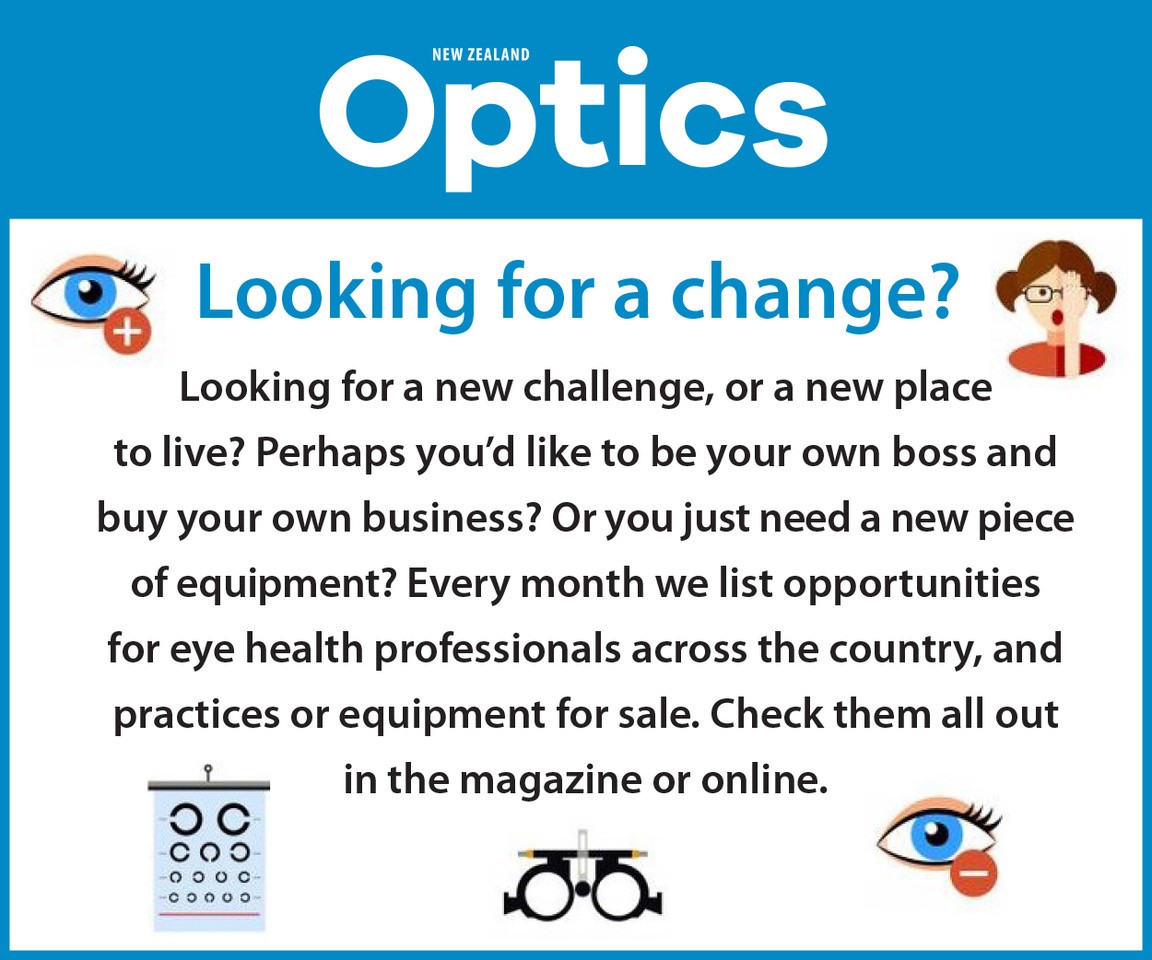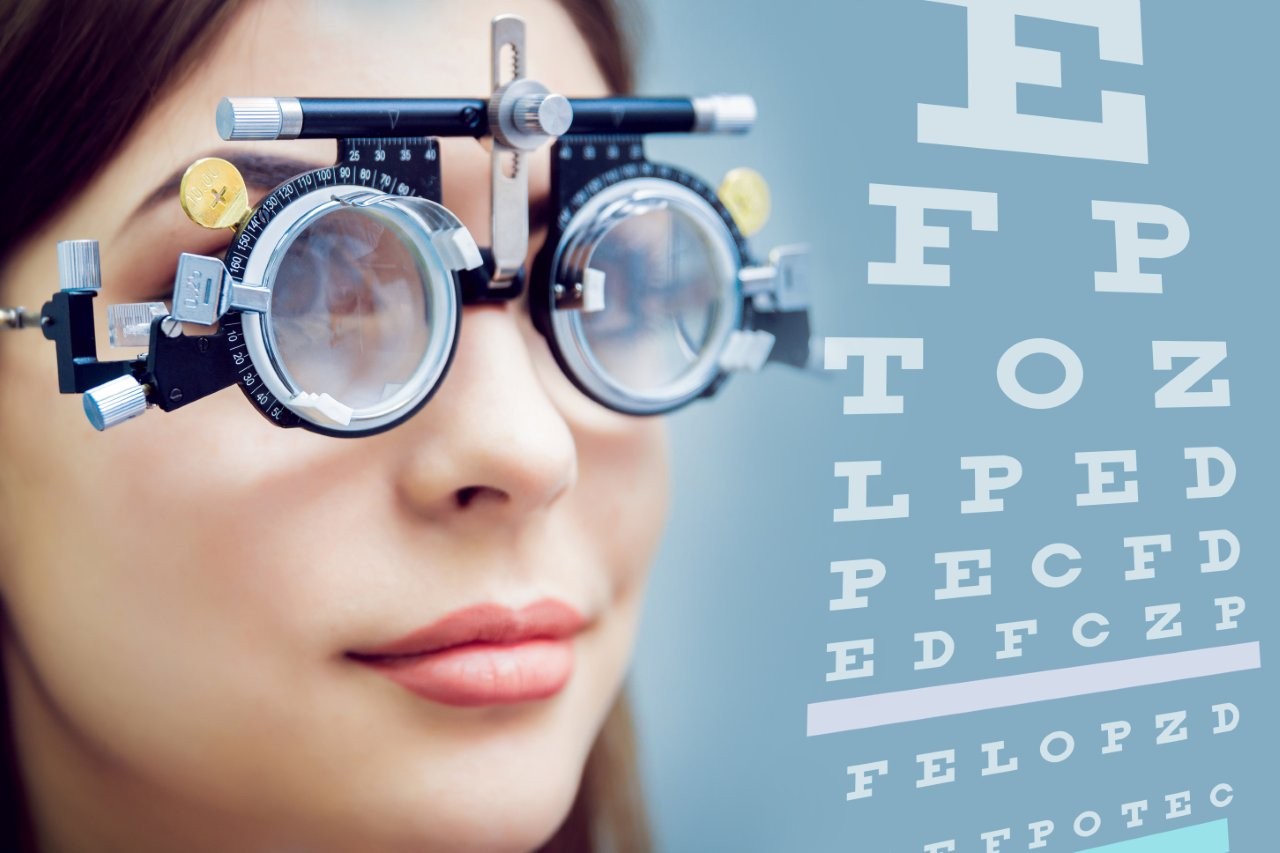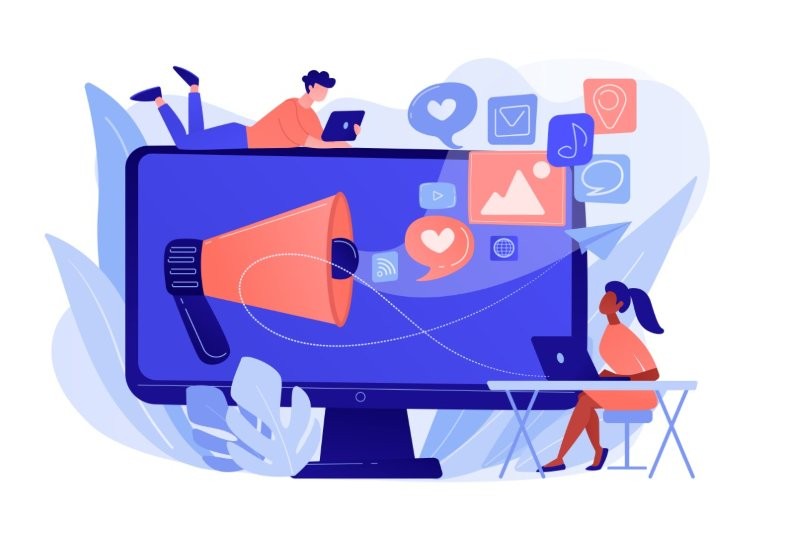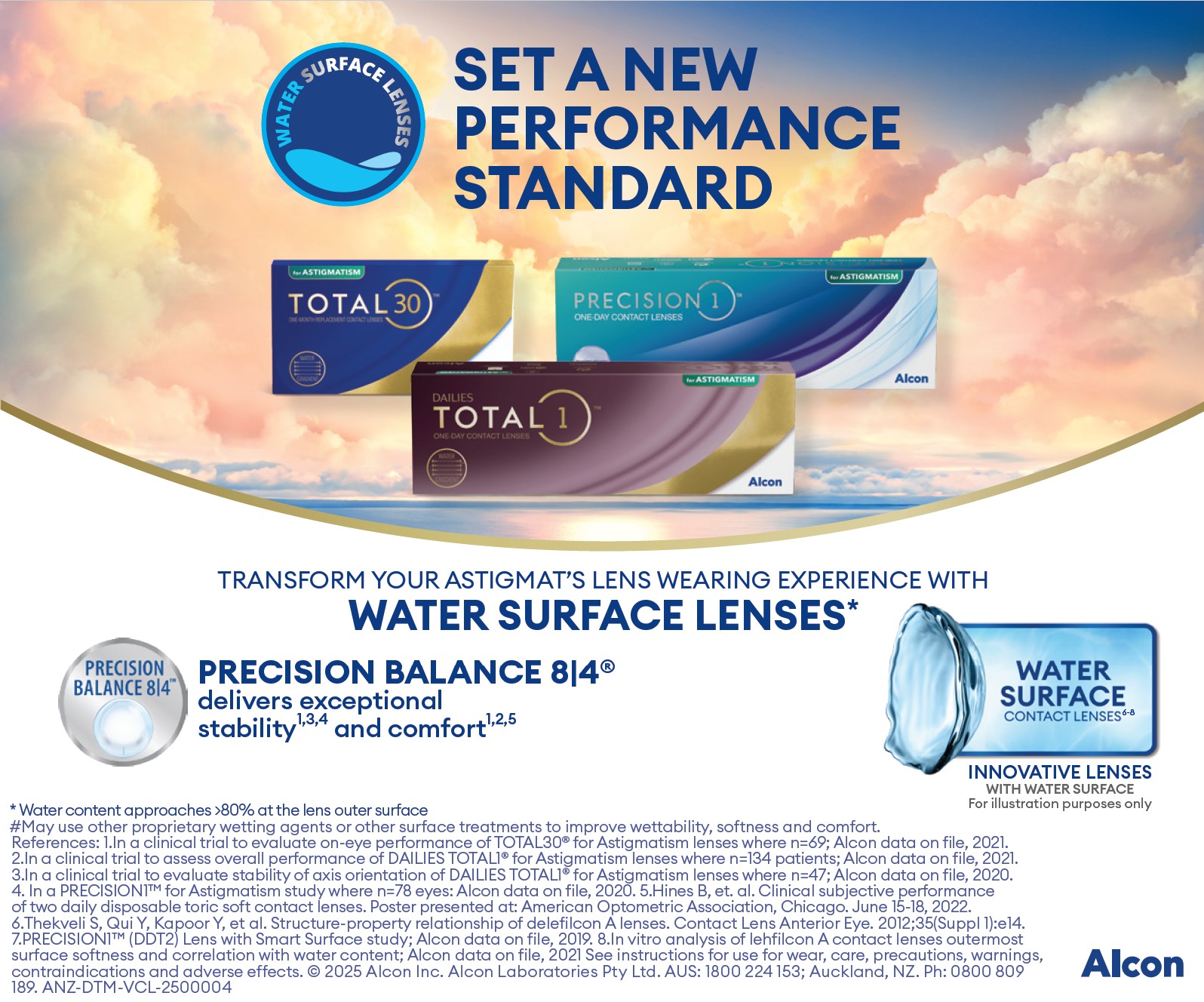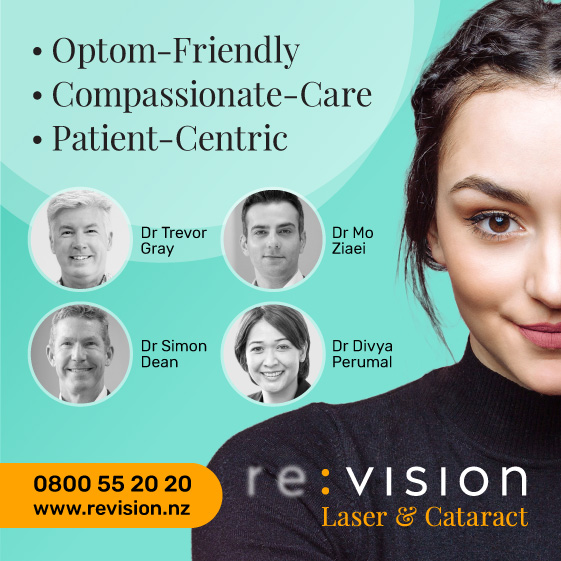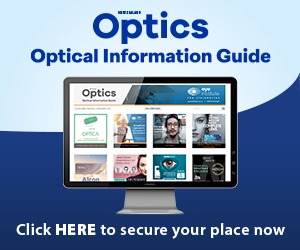Building stronger community connections
Cultural awareness doesn’t, or shouldn’t have to be tricky terrain for anyone working in the public sphere. It’s the responsibility of all of us, but especially those working in health, to be educated about and embracing of the communities we serve and live in. It’s also good business practise, not to mention an important contribution towards making the world a better place.
In addressing healthcare disparities and eye health awareness, there are many ways to celebrate cultural diversity. Good starting points to expanding knowledge and understanding are hiring and training staff from a broad range of backgrounds and celebrating cultural events.
The value of celebrating cultural events
Kate Bolland, an executive at RX retail marketing agency, says that as both Australia and New Zealand are made up of a mosaic of different cultures, honouring cultural events is a wonderful way of celebrating peoples’ origins, provided it’s done respectfully and meaningfully. “It’s a great approach to building relationships as it says ‘you and what you are is really important to me and my business’. It helps patients feel confident and valued, says Bolland, thus enhancing their experience and engagement, which is especially vital when it comes to their ongoing commitment to maintaining their eye health.
Sarah Davies, Optometry Australia’s director of optometry advancement, says patients from culturally and linguistically diverse (CALD) backgrounds make decisions about healthcare services based on multiple factors, with the values, policies and practices of an optometry clinic central to their choice. “Marketing your differentiation has the potential to attract new patient demographics, strengthen brand identity and foster a positive reputation within the community.”
Another great benefit of embracing local cultural events is that it advances employee professional development, says Bolland, while Davies says it can also boost staff morale, since many optometry practice staff are themselves from CALD backgrounds.
Robert Springer, director of optometry marketing firm Optomedge, says having a well-planned out optometry marketing calendar is fundamental to the successful promotion of your practice locally, and cultural events can play a vital part in this. Like Bolland, however, he cautions these are best viewed as a visible representation of your business as an engaged community member. “You need to be authentic in your support and avoid ‘astroturfing’, which is showing fake grass-roots support for something in the hopes of commercial success.”
Shifts in cultural thinking
Almost 20 years ago, Oakley launched its ‘Asian fit’ glasses, specifically designed for those with a low nose bridge, high cheekbones and round face shape, features characteristic of some Asian ethnicities. While the name drew criticism for its racial stereotyping, it suggested that the optometry industry was, perhaps, becoming more aware of cultural and ethnic differences.
Alongside product differentiation, there’s also been a significant push for increased understanding of the need for cultural responsiveness in optometry in recent times. Perhaps the clearest example of this is the Optometrist and Dispensing Opticians Board now requiring New Zealand optometrists and dispensing opticians to meet standards of cultural competence and cultural safety to remain registered (see following story).
Bolland says she’s also noticed several positive changes within optometry practices, which now offer resources in multiple languages, participate in community events and seek out other opportunities to educate staff and incorporate culturally sensitive practices into patient care. “We’ve seen them celebrate events such as Chinese New Year, Diwali and Matariki. It adds vibrancy to their stores and gives them another way to emotionally connect with customers.”
Optics Digital Marketing director Paul Sallaway says the growth of social media over the last decade has given many local businesses the opportunity to engage in cultural events in an increasingly significant way. “Any optometrist with a Facebook account and a camera can publish content for their audience that showcases what they’re doing. They’re great tools that allow (a practice) to be responsive to their customer base.”
Meaningful messaging matters
When it comes to multicultural marketing, however, messaging matters. Microsoft surveyed close to 1,800 Gen Zs in its study about the psychology of inclusion and its effects in advertising. They found culturally relevant and appropriate messaging is especially important to this younger generation, with 70% reporting they’re more trusting of brands featuring diversity in their advertising and 69% saying brands representing diversity are more authentic, while 47% trust brands that represent them in ads over those that don’t.
While these statistics underscore the importance of diversity in advertising, the same rules appear to apply when selecting cultural events to celebrate. “Don’t bother if it’s not genuine – people can tell,” says Boland. She also advises practices steer clear of cultural tokenism where you’re superficially celebrating an event without exploring any other aspect of the culture throughout the year. Sallaway says practice owners and staff should educate themselves about the event, its origins, significance and importance, well before beginning to promote it. Take care to ensure you aren’t inadvertently propagating false stereotypes, he stresses – if in doubt, it’s best to get expert input and advice. Boland agrees, advising practice owners and managers to directly consult with people who identify with the cultural event the practice wishes to celebrate. Local community groups are a great starting point for this, she says, and are also an excellent source of advice and translators, as you want to be sure any materials you produce are done well.
Another way to begin the process of understanding, says Davies, is to consider sponsoring community and cultural events in a professional capacity. You also want to be sure you’re barking up the right tree as you might only be seeing a certain cohort in your practice because you’re already connected with them in some way, notes Boland. "The cultural fabric of your community may have changed and you don’t even realise,” she says.
While celebrating cultural events can contribute to greater inclusivity within optometry practices, hiring and training staff who reflect the local community is a positive first step, says Davies.
Renee Lunder is an Australian freelance journalist and proud specs wearer.
Optometrists, embracing wider society
The Optometrists and Dispensing Opticians Board (ODOB) defines cultural competence as being able to understand and communicate effectively with people across cultures, while ‘cultural safety’ requires practitioners to be aware of how their own views and biases may impact on the care they provide to patients. The latter covers multiple cultural dimensions, including Indigenous status, age or generation, gender, sexual orientation, socioeconomic status, ethnicity, religious or spiritual beliefs and disabilities. In Aotearoa, cultural safety is of particular importance in the attainment of equitable health outcomes for Māori, notes ODOB.
Optometry students are also required to meet certain cultural competence and safety standards stipulated by the Optometry Council of Australia and New Zealand (OCANZ), which assesses training programmes in the region. In Auckland, students also attend the Maōri Health Intensive interprofessional workshop in their third year, says Dr Andrew Collins, head of the School of Optometry and Vision Science (SOVS), to explore the fundamental causes of inequities in health outcomes experienced by Māori. “The inclusion of a Cultural Safety Domain in the OCANZ accreditation standards both supports and encourages the ongoing incorporation of cultural safety as an important aspect of students’ training (to ensure they are) able to deliver appropriate and equitable healthcare to their patients, particularly to Māori, Pacific Peoples and the diverse multicultural communities in which we work.”
Optometrist Melinda Calderwood, SOVS associate-head of student affairs and an ODOB board member, says it’s important for optometrists, other health professionals and all of us to understand the benefits of embracing a more inclusive approach. “If a health professional has no awareness of their own culture and the way it shapes interactions between themselves and their patients, then people who identify from other cultures may be alienated and prevented from seeking eyecare in the future.”
An ‘I treat everyone the same’ approach is actually the opposite of a cultural safe approach, says Calderwood. “An analogy would be that everyone is treated for glaucoma regardless of whether they have glaucoma or not. Our patients are not all the same and therefore need healthcare that is tailored for them.”
Calderwood suggests a good starting point is to think about your own culture and the culture you interact with on a daily basis. “Are they the same?” she asks. “Think about what it would be like if you had to interact in a culture that was different to your own on a regular basis, about the extra effort it would take. Think about how much easier it would be if someone offered you something that was familiar.” She suggests if you take this first step and then another, you’ll soon understand what a difference it can make for those around you, yourself and your practice. Recently, she says, she’s seen a greater willingness for practitioners to do just this, to look beyond the clinical care of their patient to treat the whole person and tailor their care accordingly. “It is better to ask than to assume something… while reflecting on how your interactions with patients went that day helps you identify areas you can improve on.”
Being more culturally diverse, coupled with an increased awareness of the need to embrace and understand different cultures to improve health equities and outcomes, optometry graduates are leading the way on better cultural practices, says Hadyn Treanor, president of the New Zealand Association of Optometrists (NZAO). “An awareness of one’s shortcomings is important. Others have cultural beliefs and practices that we don't have lived experience in.”
A good place to start or to improve is the NZAO’s annual conference cultural competency session, he says. “In the past these have been fantastic, engaging and interactive sessions. We encourage all New Zealand optometrists to come along and learn and discuss with their peers.”
“The wonderful thing about cultural safety is there is always something new to discover,” says Calderwood.








